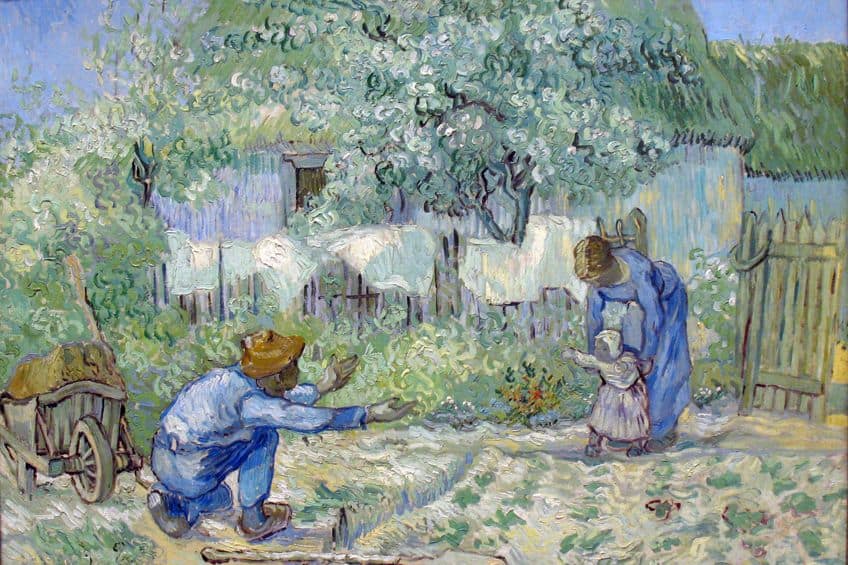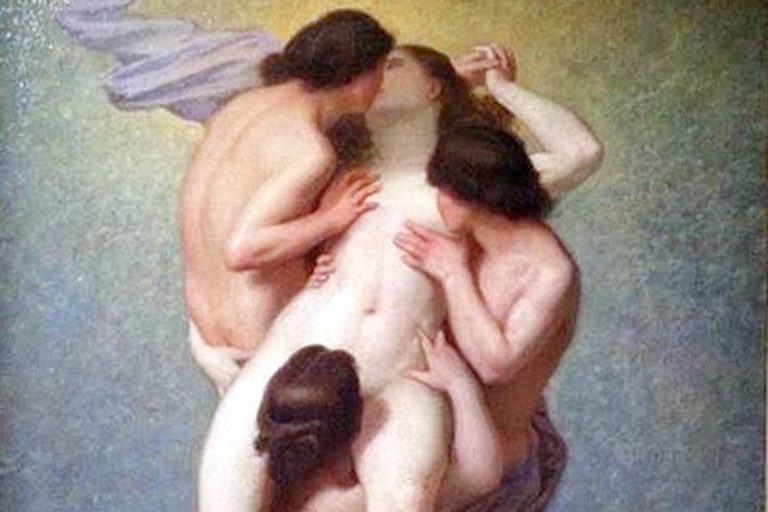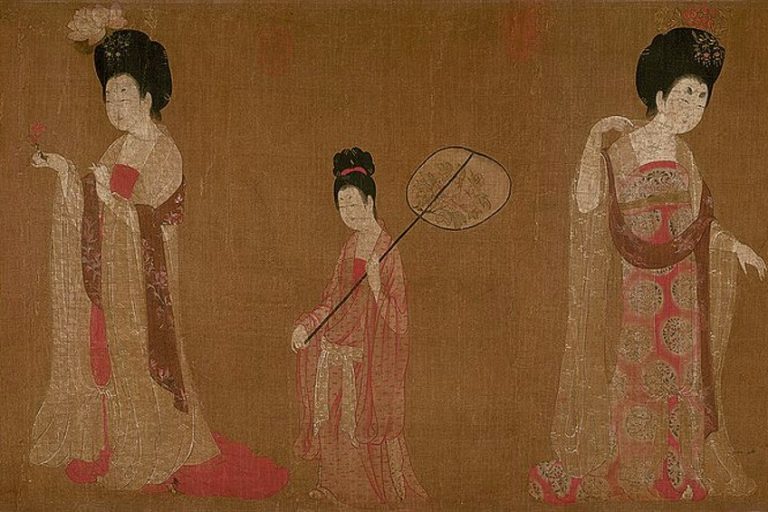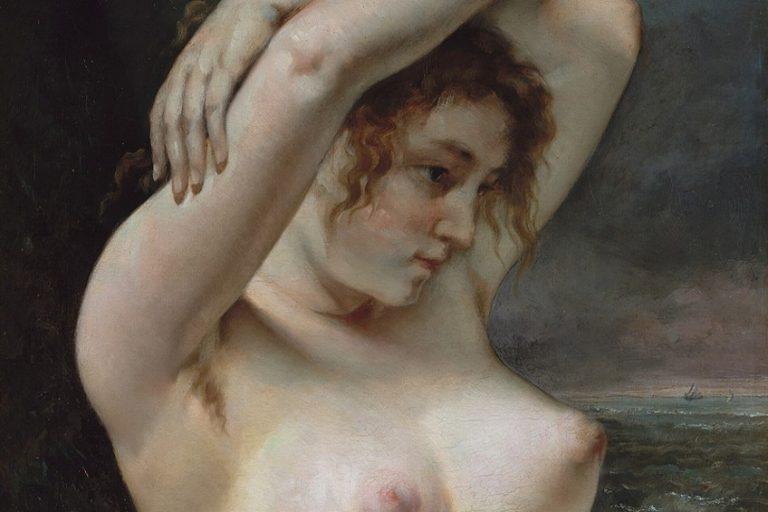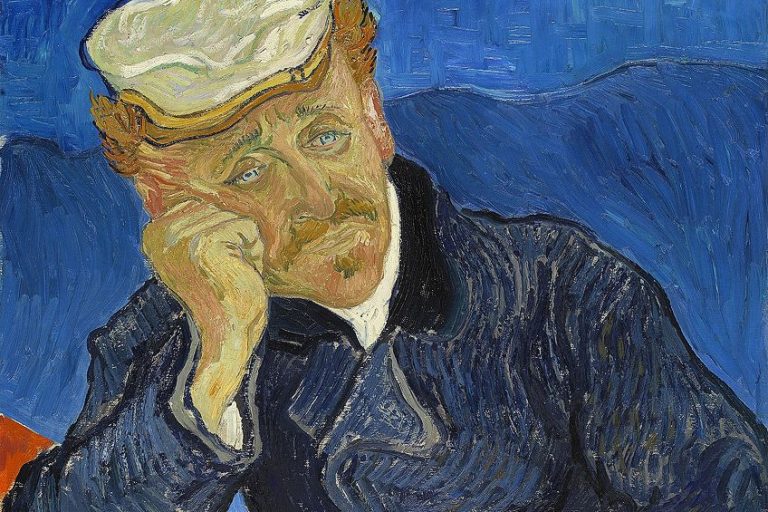“First Steps, after Millet” by Vincent van Gogh – An Analysis
Vincent van Gogh’s First Steps, after Millet stands as a poignant testament to his deep admiration for the French Barbizon School painter, Jean-François Millet. Created in 1890, this masterpiece captures Van Gogh’s distinctive style infused with emotional intensity and expressive brushwork. Depicting a mother guiding her child’s first steps, the painting resonates with themes of nurturing, growth, and the tender bonds of family. Van Gogh’s profound connection to Millet’s works is evident in his reinterpretation of Millet’s subject matter, infusing it with his own unique perspective and emotional depth. This article delves into the captivating story behind First Steps, after Millet, and explores its significance within Van Gogh’s artistic journey.
Key Takeaways
- First Steps, after Millet is a painted copy by Vincent van Gogh from 1890.
- Van Gogh created this work during his time at the Saint-Rémy asylum, inspired by Jean-François Millet.
- The painting is notable for its emotional depth and unique style, embodying Van Gogh’s Post-Impressionist approach.
Vincent Van Gogh’s Artistic Journey
| Artist | Vincent van Gogh (1853 – 1890) |
| Date Created | 1890 |
| Medium | Oil on canvas |
| Genre | Post-Impressionism |
| Period/Movement | Post-Impressionism |
| Dimensions (cm) | 72.4 x 91.1 |
| Series/Versions | Part of van Gogh’s copies of works by Jean-François Millet, specifically First Steps (after Jean-François Millet) |
| Where Is It Housed? | The Metropolitan Museum of Art, New York City, United States |
| What It Is Worth | Estimated at $50-60 million (value based on recent market trends and historical significance) |
Vincent van Gogh’s First Steps, after Millet, painted in 1890, captures a touching scene of a child taking its first steps toward its father while the mother looks on. This work is not an original composition but a heartfelt “translation” of a piece by Jean-François Millet, an artist highly admired by Van Gogh. During his time at the asylum in Saint-Rémy, Van Gogh created several copies of Millet’s works, viewing these reproductions as a way to understand and honor the original artist.
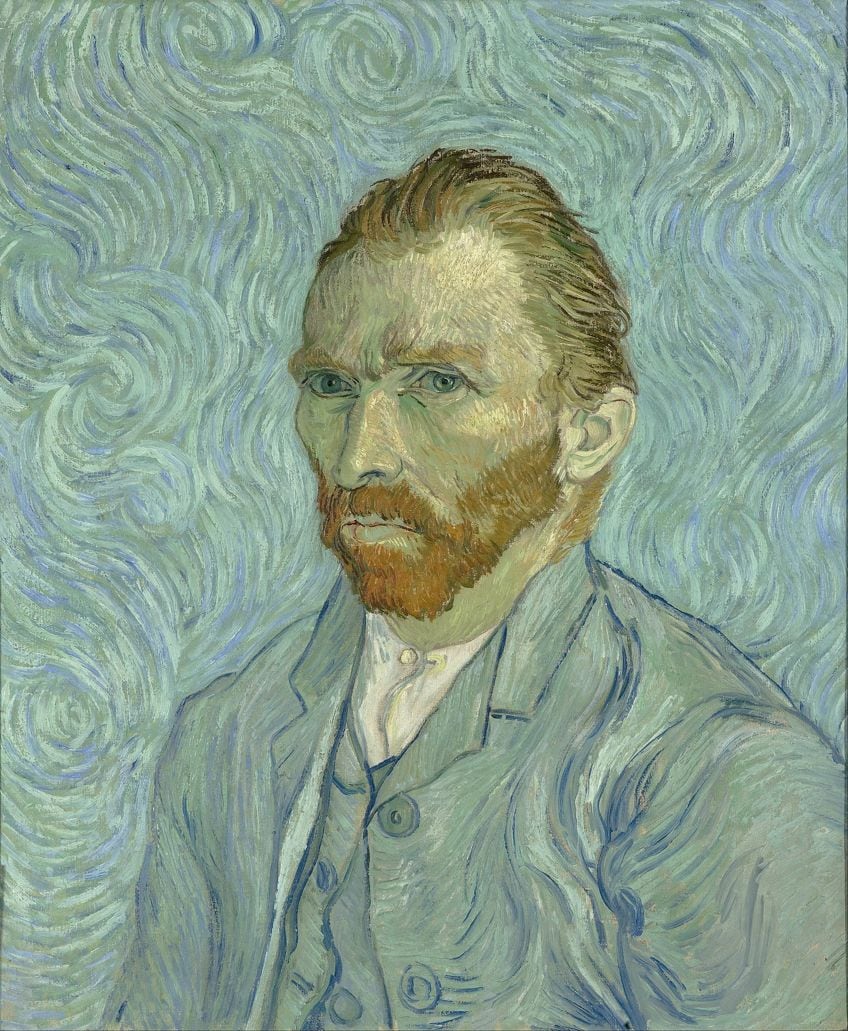
First Steps, after Millet exemplifies Van Gogh’s deep emotional connection to family and everyday life. The painting’s simplicity and warmth resonate deeply, showcasing Van Gogh’s ability to convey profound emotional truths through his vibrant brushstrokes and distinctive color palette. Though a copy, Van Gogh’s unique style breathes new life into Millet’s scene, infusing it with his own artistic voice. This piece, held at the Metropolitan Museum of Art in New York, is a stellar example of Van Gogh’s Post-Impressionist phase. It reflects both his struggles and his relentless pursuit of beauty and meaning in art.
By exploring this work, viewers can gain insight into Van Gogh’s creative process and the influences that shaped his extraordinary career.
Early Influence of Millet
Vincent van Gogh was greatly inspired by the works of Jean-François Millet. Millet’s focus on rural life and peasant labor resonated strongly with Van Gogh’s own interests. Van Gogh saw Millet’s work as powerful and truthful portrayals of everyday life. During his career, Van Gogh created many pieces inspired by Millet’s themes. In a letter to his brother Theo, he mentioned how he viewed replicating Millet’s works as producing “translations.” This idea was similar to how a musician would interpret a composer’s score, which shows the depth of Van Gogh’s respect for Millet’s artistry.
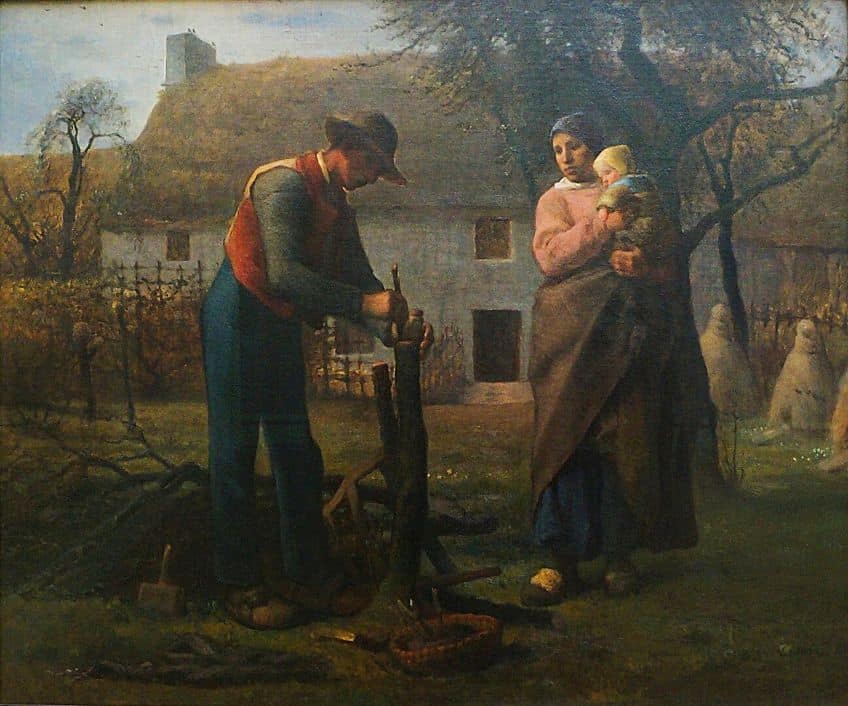
Time in Saint-Rémy-de-Provence
In the fall and winter between 1889 and 1890, Van Gogh was a voluntary patient at the asylum in Saint-Rémy-de-Provence. During this period, he painted a series of works after Millet. This time was both challenging and productive for Van Gogh, who completed nearly 150 paintings while at Saint-Rémy. Among these were the 21 pieces replicating Millet’s work, including First Steps, after Millet. Van Gogh’s time in the asylum allowed him to refine his techniques, using bright colors and swirling, dynamic brushstrokes that became hallmarks of his style.
These works are seen as more than just copies but as Van Gogh’s unique interpretations of Millet’s original compositions.
Artistic Analysis
First Steps, after Millet by Vincent van Gogh captures the essence of a family moment while showcasing the artist’s unique style. Van Gogh’s use of color, texture, and choice of subject matter in this piece creates a deep and meaningful portrayal.

Subject Matter
The painting shows a small child taking her first steps toward her father, who has outstretched arms ready to catch her. The mother stands behind her, providing support. This touching family scene highlights a moment of growth and connection. Van Gogh based this piece on an artwork by Jean-François Millet. He often admired and reinterpreted several of Millet’s works.
This painting reflects Van Gogh’s admiration for scenes of daily life and human connection, emphasizing the simple joys and challenges of family.
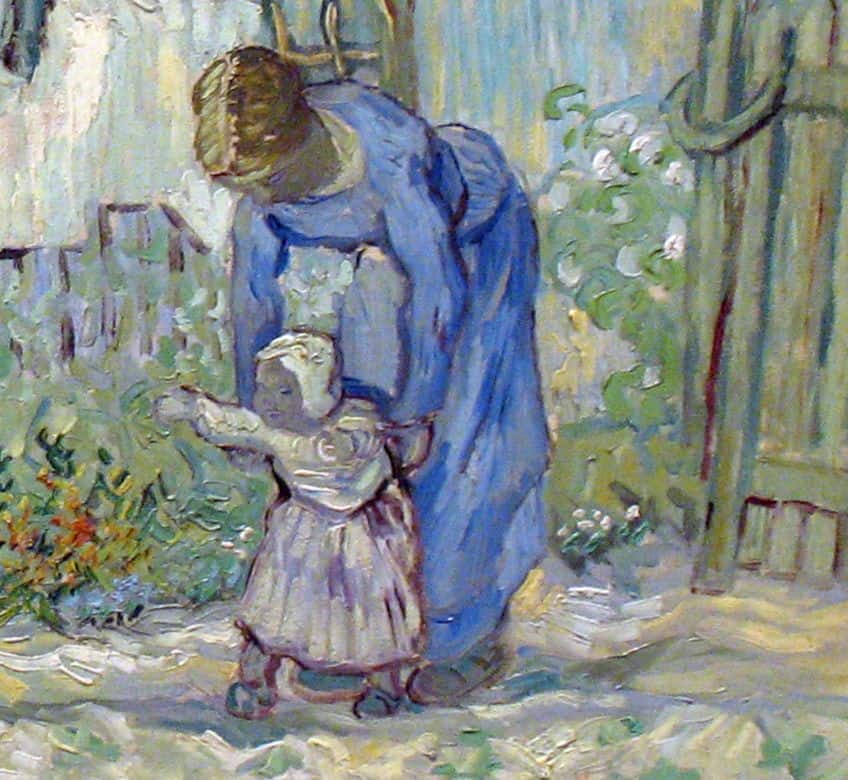
Use of Color and Texture
Van Gogh’s signature use of vibrant colors and bold textures is evident in this painting. He employs a warm and earthy palette that emphasizes the natural and homely setting. Greens and browns dominate the composition, giving it a sense of warmth and comfort. His brushwork is expressive, with thick layers of paint that add depth and movement to the scene.
The textures in the painting, from the roughness of the ground to the softness of the child’s clothing, enhance the overall sensory experience and draw the viewer into the intimate moment being depicted.
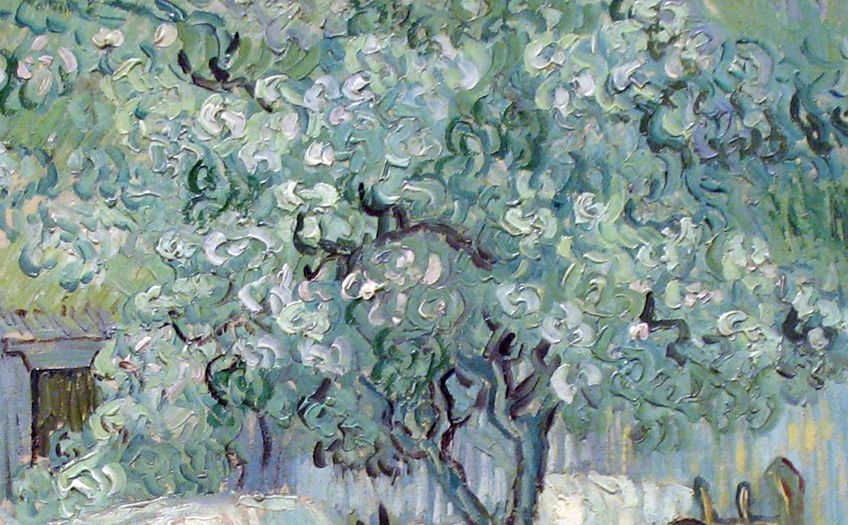
Meaning of the Artwork
First Steps, after Millet embodies the themes of growth, encouragement, and familial love. The act of taking those first steps is symbolic of embarking on life’s journey, supported by loved ones. Van Gogh’s choice of this subject matter reflects his sensitivity to the human experience and the beauty he found in everyday moments. Through his vibrant interpretation of Millet’s work, Van Gogh adds a layer of emotional depth. He mirrors the feelings of hope and warmth inherent in family bonds.
The painting communicates the importance of these relationships and the shared milestones that define them.
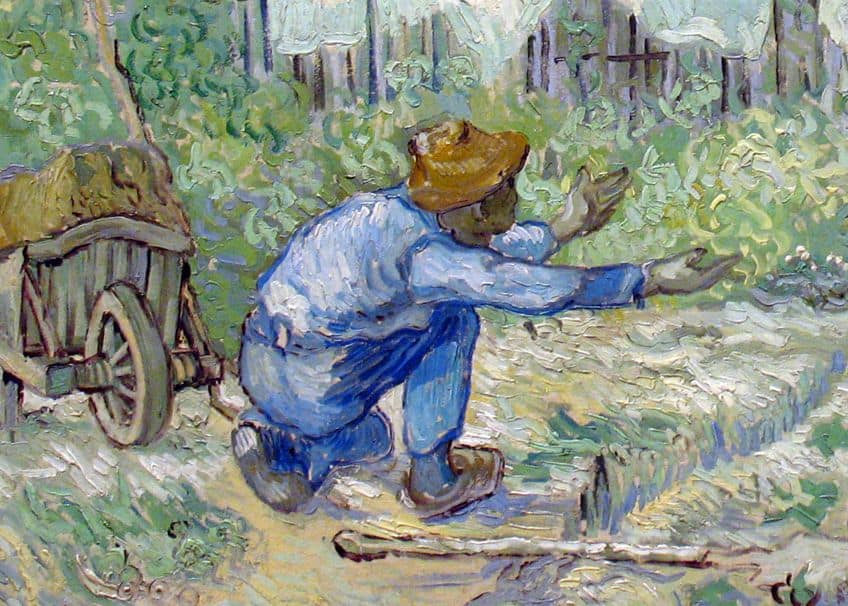
The Significance of First Steps, after Millet
First Steps, after Millet by Vincent van Gogh, created in 1890, highlights his admiration for Jean-François Millet and showcases his distinct artistic techniques through the medium of oil on canvas. Van Gogh painted First Steps, after Millet during his stay at the asylum in Saint-Rémy. He was a voluntary patient there, and during this time, he made 21 copies of Millet’s works. Van Gogh saw these pieces as artistic “translations,” similar to how a musician might interpret a composer’s work. This painting captures a touching family moment where a father reaches out to his toddler taking her first steps, originally captured by Millet. Van Gogh’s interpretation maintains the essence of this moment while adding his vibrant, emotive style.
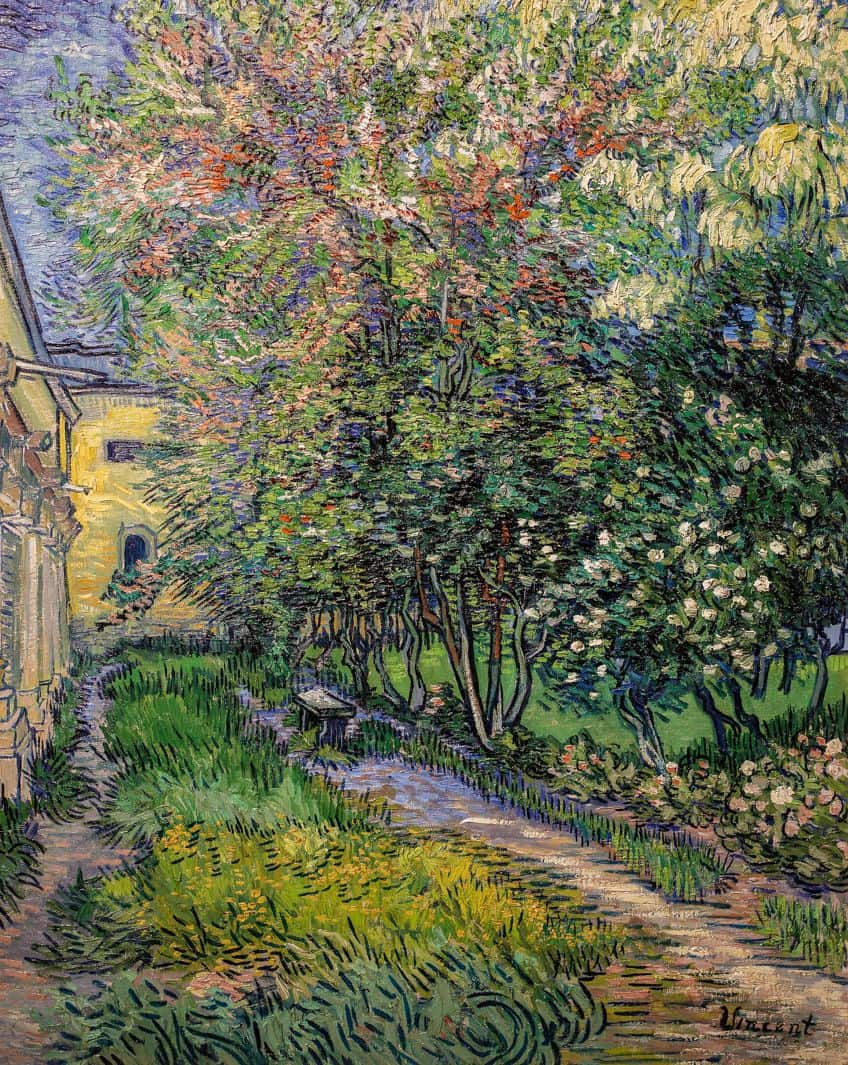
Technique and Medium
Van Gogh used oil on canvas for First Steps, after Millet. His technique involves bold, expressive brushstrokes that convey intense emotion. The use of vivid colors and dynamic lines creates a sense of movement and warmth in the scene. The textures achieved through his brushwork add depth and contrast to the painting. Unlike Millet’s softer, more subdued tones, Van Gogh’s brighter palette and more vigorous application of paint bring a unique intensity to this reinterpretation.
This approach allowed him to inject his own emotional response into the composition while honoring Millet’s original work.
Provenance and Exhibition
First Steps, after Millet by Vincent van Gogh has a rich history of ownership and display. This section explores its journey from its creation to its current home and influence. The painting was completed in 1890 while Van Gogh was at the asylum in Saint-Rémy. The work reflects Van Gogh’s admiration for Millet, particularly evident through his reproductions of Millet’s works. In 1964, the painting was gifted to The Metropolitan Museum of Art by George N. and Helen M. Richard. This generous donation has ensured its preservation and accessibility to millions.
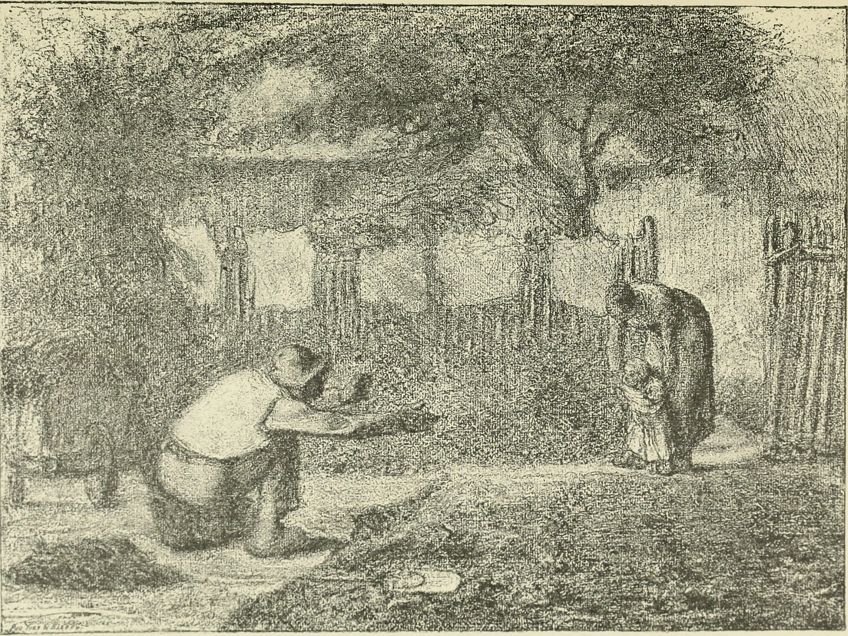
Display at The Metropolitan Museum of Art
Currently, First Steps, after Millet is part of the permanent collection at The Metropolitan Museum of Art, situated in Manhattan, New York City. With an oil-on-canvas medium, the piece measures 28 1/2 x 35 7/8 inches. It holds an important place in the museum’s 19th-century European paintings gallery, drawing numerous visitors daily.
The painting’s position allows viewers to appreciate Van Gogh’s unique interpretation and brushwork up close.
Influence of First Steps, after Millet Today
First Steps, after Millet continues to inspire artists and art lovers alike. Its presence in The Metropolitan Museum of Art has made it accessible to a global audience, fostering appreciation for Van Gogh’s work. By translating Millet’s drawings into a painting, Van Gogh not only paid homage to one of his artistic influences but also demonstrated the enduring nature of his own artistic vision. Celebrated in exhibitions, publications, and educational programs, the painting remains a focal point for understanding Van Gogh’s contributions to art history.

Vincent van Gogh’s First Steps, after Millet not only pays homage to Jean-François Millet’s artistic legacy but also reveals the depth of Van Gogh’s own artistic vision and emotional sensitivity. Through this painting, Van Gogh transforms a simple scene of maternal care and childhood exploration into a profound expression of human connection and the passage of time. The vibrant brushstrokes and vivid colors bring life to the canvas, capturing the essence of a moment frozen in time. As viewers contemplate the tender narrative portrayed in First Steps, after Millet, they are invited into Van Gogh’s world of passion, empathy, and boundless creativity, leaving a lasting impression on their artistic sensibilities.
Frequently Asked Questions
What Is the Significance of Van Gogh’s First Steps, after Millet in His Artistic Career?
Van Gogh painted First Steps, after Millet while he was a voluntary patient at the asylum in Saint-Rémy between 1889 and 1890. This period was marked by emotional struggle but also intense creativity. The painting reflects his deep admiration for Millet, an artist he greatly respected, and demonstrates his efforts to emulate and reinterpret renowned works.
What Techniques Did Van Gogh Employ in First Steps, after Millet That Distinguishes It from the Original?
Van Gogh used bold, expressive brushstrokes and vibrant colors, which are distinctive traits of his style, but differ from Millet’s more subdued and detailed approach. He aimed to translate Millet’s work into his artistic language, adding heightened emotional intensity and visual dynamism that marked his own paintings.
In What Ways Did Van Gogh’s Style Evolve With the Painting of First Steps, after Millet?
First Steps, after Millet shows Van Gogh’s evolving technique of using thicker layers of paint and more pronounced outlines. His color palette became more vivid and diverse during this time, moving away from the darker tones of his earlier works. This painting signifies a step towards the more expressive and colorful style that defines many of his later masterpieces.
How Has First Steps, after Millet Contributed to the Understanding of Van Gogh’s Legacy?
The painting highlights Van Gogh’s ability to reinterpret and breathe new life into existing works, showcasing his creativity and skill. It also provides insight into his reverence for other artists and his dedication to studying and transforming their techniques. This mix of reverence and creativity elevates his status in art history and strengthens his legacy as a unique and influential artist.
Isabella studied at the University of Cape Town in South Africa and graduated with a Bachelor of Arts majoring in English Literature & Language and Psychology. Throughout her undergraduate years, she took Art History as an additional subject and absolutely loved it. Building on from her art history knowledge that began in high school, art has always been a particular area of fascination for her. From learning about artworks previously unknown to her, or sharpening her existing understanding of specific works, the ability to continue learning within this interesting sphere excites her greatly.
Her focal points of interest in art history encompass profiling specific artists and art movements, as it is these areas where she is able to really dig deep into the rich narrative of the art world. Additionally, she particularly enjoys exploring the different artistic styles of the 20th century, as well as the important impact that female artists have had on the development of art history.
Learn more about Isabella Meyer and the Art in Context Team.
Cite this Article
Isabella, Meyer, ““First Steps, after Millet” by Vincent van Gogh – An Analysis.” Art in Context. June 18, 2024. URL: https://artincontext.org/first-steps-after-millet-by-vincent-van-gogh/
Meyer, I. (2024, 18 June). “First Steps, after Millet” by Vincent van Gogh – An Analysis. Art in Context. https://artincontext.org/first-steps-after-millet-by-vincent-van-gogh/
Meyer, Isabella. ““First Steps, after Millet” by Vincent van Gogh – An Analysis.” Art in Context, June 18, 2024. https://artincontext.org/first-steps-after-millet-by-vincent-van-gogh/.


